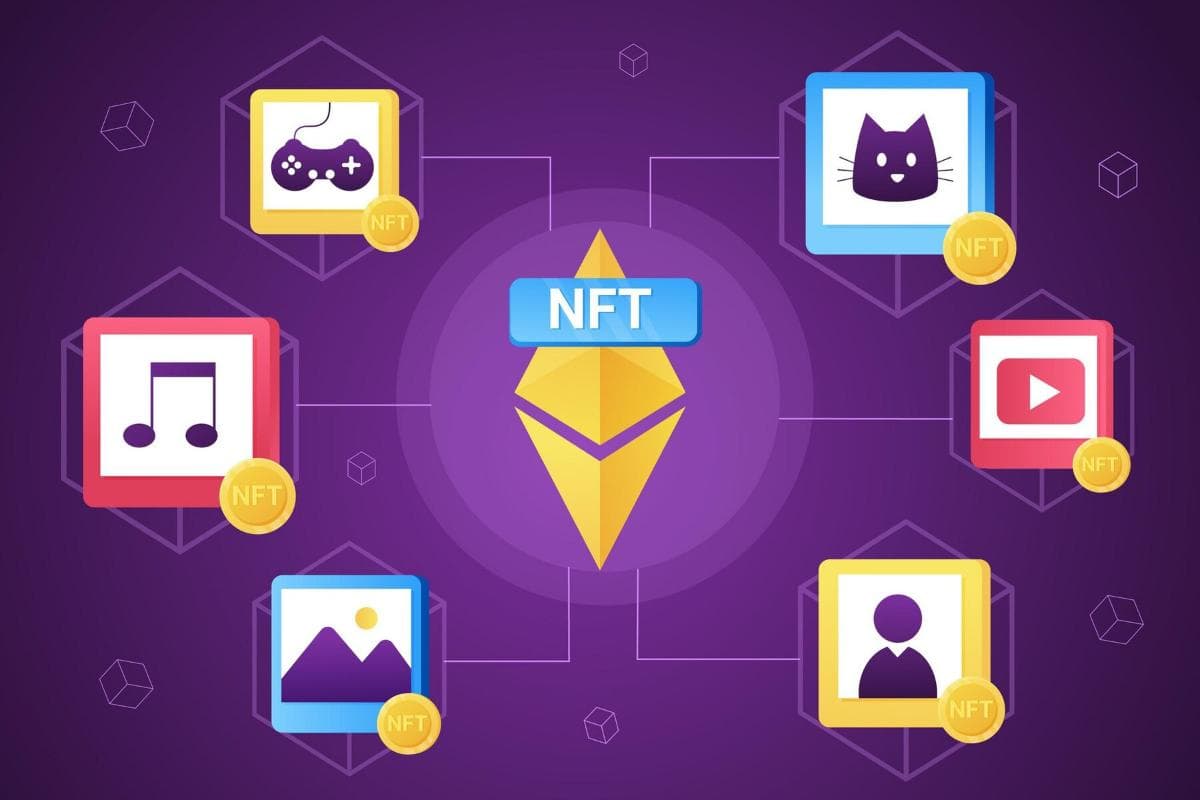Jan 6, 2025
4 min read

Our previous blog on NFTs and how to mint one covered the basics of NFTs and how you can mint one. If that got your nerves excited about learning more and how you can build applications that are powered by NFTs, this blog will be a great read. NFTs are not limited to representing artwork, they represent Proof of Ownership of a digital file.
For example, If a university owns a blockchain wallet and it converts its digital certificates into NFTs and stores it in that wallet, it would mean it is the original creator of those certificates and owns the certificates. Students can then create individual wallets and claim those certificates in their respective wallets.
Now it is easily possible to prove the authenticity of that digital certificate because the blockchain can be used to prove that the University created the certificate and that it is now owned by the individual student. Similarly NFTs can be used to prove ownership for any digital artwork, club memberships and so on.
An NFT is ultimately a Blockchain Token that contains the link to a file located on a centralised or decentralised storage. The file can also be stored on the Blockchain but storing data on the blockchain can be expensive. Ethereum has various token standards for different types of tokens but an NFT or a Non-Fungible Token follows the ERC-721 standard. This standard allows metadata to be linked or attached to the token.
Let’s analyse an NFT on Opensea to understand all the components:

The above is one of the 10000 NFTs issued by Bored Ape Yacht Club numbered 8240.

All the above information is consolidated into a metadata file (json format) and is linked to the token.

Metadata can be Frozen or Dynamic (i.e. can be changed later). When Metadata is frozen, it means that these traits won’t be changed by the creator. Say you want to create a game wherein you have a weapon such as a sword as an NFT.
When you level up in the game the sword levels up as well. If the sword’s level is one of the traits of the NFT then it requires to be dynamic such that it can be updated later. However, in cases such as rare artwork, you do not want the creator to change anything later on. Hence the creator must decide to freeze the metadata.
Did you observe Creator Earnings? It is nothing but royalties that the creator will receive on the sale of a single NFT. Say the NFT is sold for 11.99 ETH. Then the smart contract will distribute 1% i.e. 0.1199 ETH to the creator Bored Ape Yacht Club’s wallet address and the rest 99% to the seller of the NFT. It is possible to code royalties into an NFT’s smart contract. Royalties are also part of the NFT metadata and are usually set before launching the collection.
Exploring on Opensea and going through the NFT smart contracts on explorers can further strengthen your understanding on how these tokens look on the blockchain.
NFTs are used for various use cases such as brand loyalty and engagement, limiting access to online content (you can ask someone to connect their wallet and check if they hold a particular NFT before showing them content), educational documents and land records, proof of house ownership, in-game items, digital twins, artwork and so on. If you plan to build use cases of NFTs, understanding the architecture of an NFT is crucial to design a solution to a problem.
The information provided in this blog is based on publicly available information and is intended solely for personal information, awareness, and educational purposes and should not be considered as financial advice or a recommendation for investment decisions. We have attempted to provide accurate and factual information, but we cannot guarantee that the data is timely, accurate, or complete. 1 Finance Private Limited or any of its representatives will not be liable or responsible for any losses or damages incurred by the Readers as a result of this blog. Readers of this blog should rely on their own investigations and take their own professional advice.